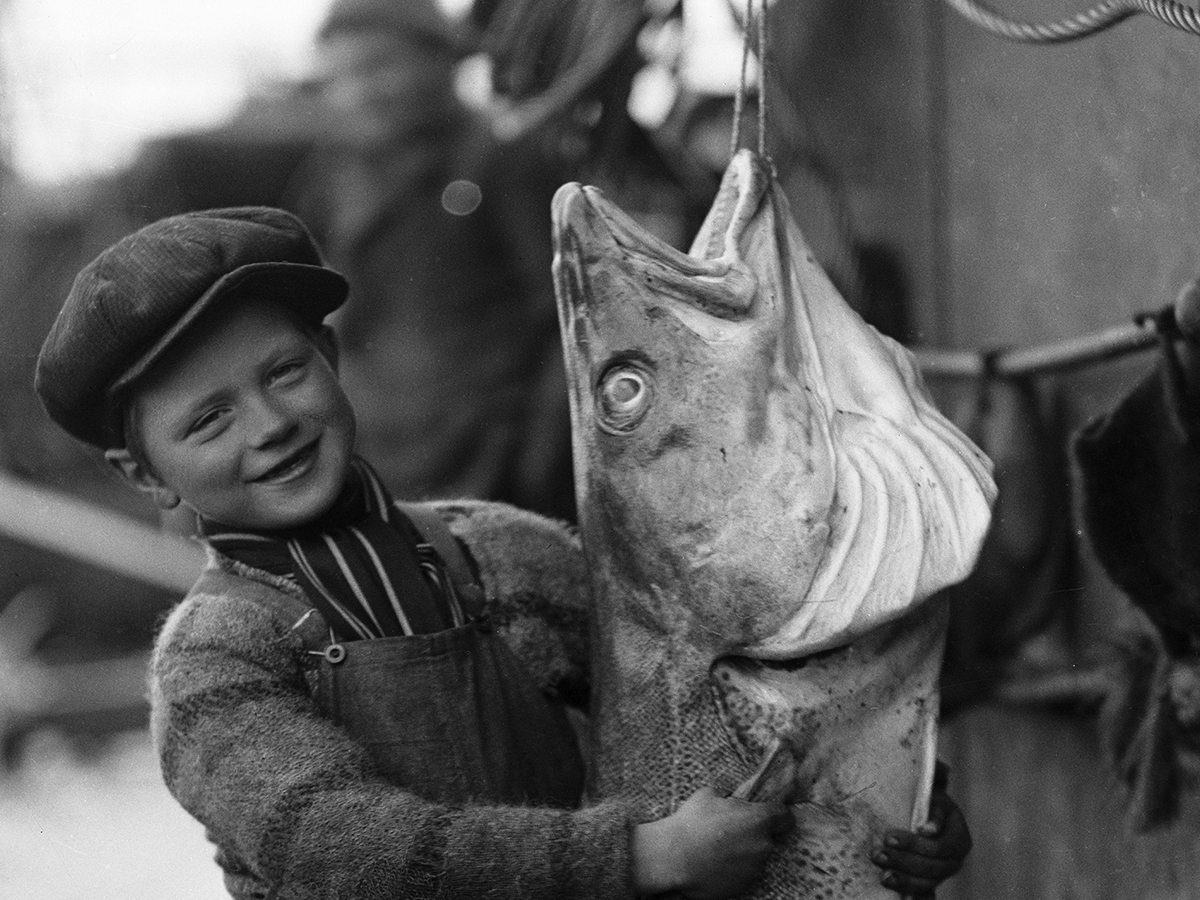
Draft Q1 2022 figures for Iceland Seafood International indicate a breakeven result at Normalised PBT level in the period. Significant rapid price increases in all areas impacted the results, especially in the Value Added N-Europe division. In that division the business is more reliant on sales to retail customers than to foodservice. It takes longer to pass on price increases to customers within the retail sector than to foodservice customers. Since the Covid19 outbreak in 2020, the Group has focused on improving its sales balance between retail and foodservice customers, as part of that strategy investments have been made during the last two years to increase the Group’s retail presence in both UK and Ireland. The results in Ireland were especially affected by increased salmon prices in the period which comes on top of challenging sourcing of whitefish. In UK the business was still loss making in the period where price increases of all input factors significantly impacted the results. Challenges in the production operation in UK continued in the period, impacted by the Omicron Covid19 outbreak and disruptive supply chain.
Iceland Seafood has increased prices to its customers to balance the input prices but the pace of price increases has been unprecedented. Clearly, price increases have started to influence demand of seafood products. However, with increased political risk and instability Iceland Seafood is well positioned with its production sites and capabilities close to its customers. There are signs which indicate that prices are leveling off in certain areas
In the Value Added S-Europe division, results of the Rawson Season in Argentina were not as good as expected. Lower fishing volumes and unstable labour environment in Argentina negatively impacted the results. Overall production volumes were 21% lower during Q1 2022 than same period last year. Sales and profits of IS Iberica were good in the period, where the business is once again benefiting from its strong market position. Results of the S&D division were also good, benefiting from strong demand of all production categories out of Iceland.
Iceland Seafood will publish its Q1 results after closing of markets on May 17th. At the same time the company will host a meeting for investors and market participants, where management will present and discuss the results as well as presenting an outlook range for Normalised PBT for the year.